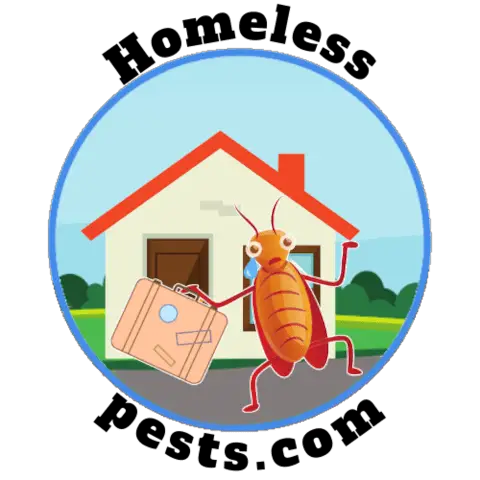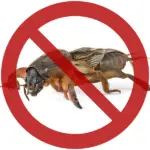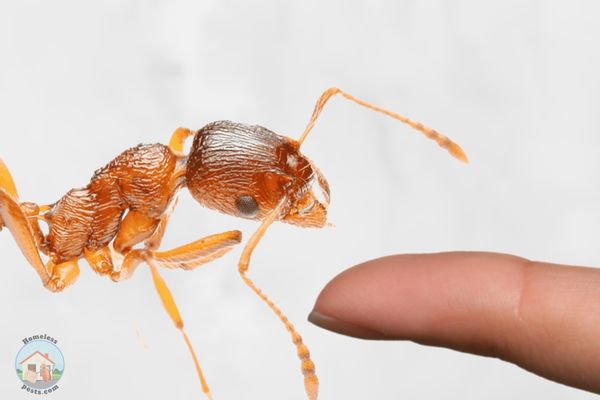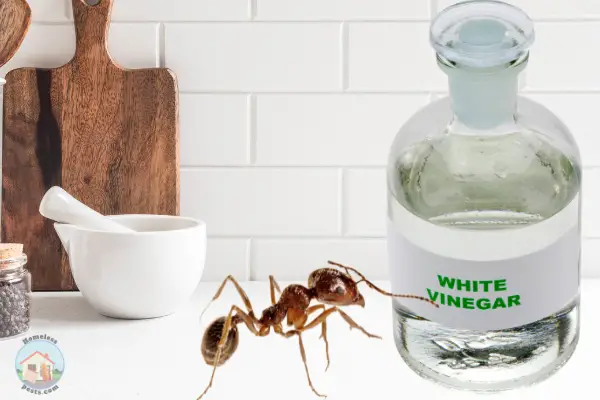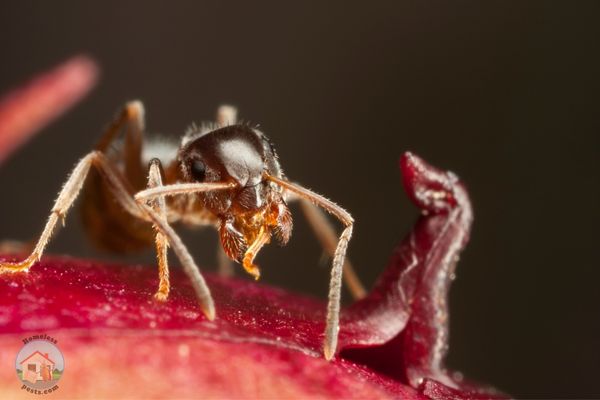Write an introduction for this article to encourage a reader to keep on reading
You probably know that ants can be a real nuisance. They seem to appear out of nowhere and before you know it, your kitchen is crawling with them. If you’re looking for a way to get rid of pavement ants for good, then look no further.
In this article, we’ll teach you three simple steps that will get rid of these pesky critters in no time.
All you have to do is identify them, control them and prevent them from ever coming back.
How to identify pavement ants on your property
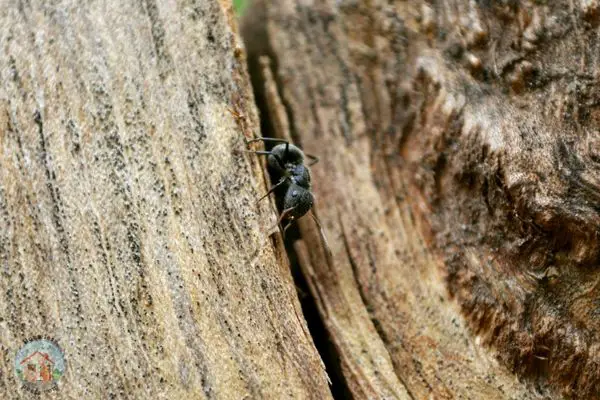
The pavement ant is one of the most common ant species encountered in urban areas. True to their name, they’re typically found around the pavement (or sidewalk). You will often find them nesting in the soil beneath or between concrete or asphalt though.
On the one hand, you could consider these little insects pretty benign as they do not pose a considerable health risk. That being said, they can contaminate food if they invade our homes. So that’s why it’s important to perform proper pavement ant control.
What do these ants actually look like?
Pavement ants are very small, typically an eighth of an inch long (3.17 mm), which makes them nearly twice as big as Pharaoh ants or fire ants.
They can range in color from dark brown to black but are usually brown with lighter legs and antennae. You can also identify them by the shape of their bodies.
These ants have two nodes on the petiole, which looks like the waist part of their bodies, the rear of the thorax. For myrmecologists, their defining trait is grooved parallel lines along the head and thorax. If you get that close to one, then are probably going to get a positive identification.
Pavement ants are found throughout the world so it shouldn’t surprise you that they can also be found throughout the United States. They are considered a major pest in different regions, such as the west coast, Midwest, and Eastern states.
For homeowners, you are going to find these critters along or in cracks and driveways, curbs, and sidewalks. if you look, you’ll also likely find them under landscaping rocks around bricks or along foundations.
When you stumble across their nests around your property it might resemble a small volcano with a dirt crater. This is actually a good indication that you are dealing with pavement ants (or another species) rather than a fire ant or carpenter ant.
The former doesn’t build a mound with a central hole, relying on side exits instead while the latter builds nests inside decaying wood.
When pavements ants make it inside your home, they can be found in wall voids and most commonly under floors or where the carpet meets baseboards.
They’re easily found trailing along sidewalks and other pavement structures. So that’s a good place to start for pavement and control to get started.
How to identify common US ant species
Below is a quick guide to help you identify the seven most common ants that you will come across around your property.
Fire Ants
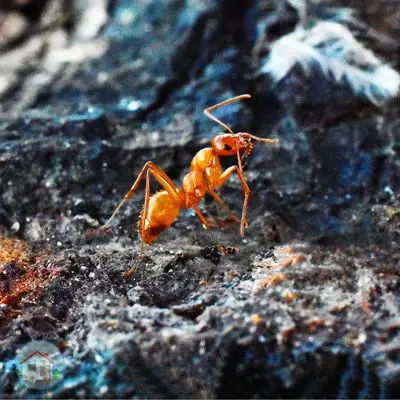
-The red imported fire ant is a common ant found in the Southeastern seaboard and parts of California.
-Fire ants have an exoskeleton and six legs, and their head is typically copper brown in color.
-Worker ants have mandibles, and they use their stinger to inject venom into their prey.
-The result of being stung by a fire ant is a burning sensation and red welts.
-They build a single mound nest in unshaded locations roughly 18 cm tall and 61 cm wide
Odorous House Ants
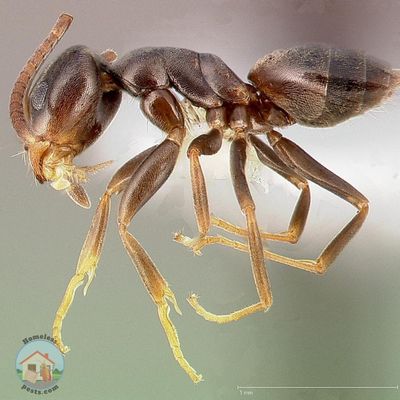
– OHA are small, dark brown to black ants that lack a sting or acidopore and have a slit-like opening on the ventral side of the gaster one segment from the tip.
– Odorous house ants can be found in many places, indoors and outdoors.
– They nest in pre-existing spaces, often near water or food sources.
– OHAs are polygynous, with many queens per colony.
Argentine Ants
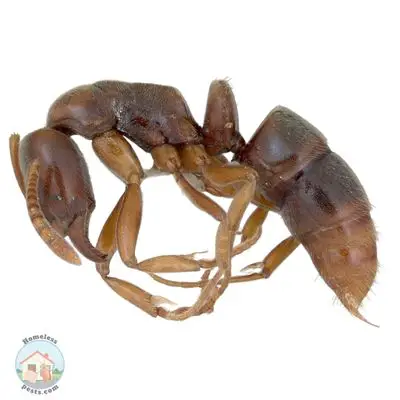
– Argentine ants are typically light to dark brown in color and range between 2.2 to 2.8 mm long.
– They are wingless with a 12-segmented antenna and emit a musty odor when crushed.
– Queens are slightly larger than workers, measuring between 4 to 6 mm long.
– Reproductives queens and males may have wings.
– The most common sign of an Argentine ant infestation is witnessing the trails of ants, often traveling up buildings, trees, and into homes.
Pharaoh Ants

– Pharaoh ants are a small (.2 mm), light yellow to red species of ant that lives in large colonies.
– Pharaoh ants nest in warm, humid areas near food sources like behind baseboards, in walls voids, underneath floors, or behind large appliances.
– Pharaoh ants feed on a wide variety of foods including other insects, sweets, oils, and proteins.
– Pharaoh ants can carry and transmit serious diseases to people including salmonella and Streptococcus.
– Pharaoh ants are difficult to control because they live in large colonies and can “bud” when the colony senses danger meaning the queen will escape.
Thief Ants
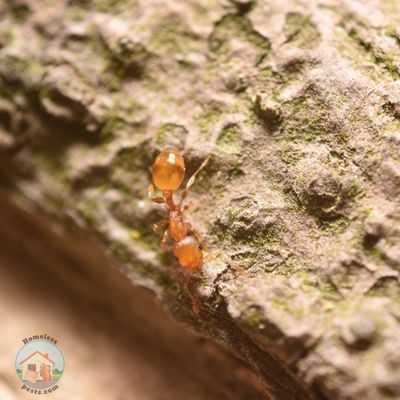
– tiny, yellowish ants that are often confused with Pharaoh ants, but have 2 segments in the club-like structure at the end of the antenna (Pharoah ants has 3 segments)
– lives among other ants and acts as a predator of their brood
– omnivorous and prefer grease or high protein foods over sweets
– often invade houses and may nest indoors in cracks and cupboards
Pavement Ants

– They often construct their nests under the foundation of buildings.
– Small dark brown to black ants (>3mm) that occur in all 50 states.
-There are striations on the head and dorsal surface of their thorax and their 12-segmented antennae end in a 3-segmented club.
-Food can be termites, other insects, sugar or protein based ingredients.
-Pavement ants use a chemical trail to recruit nestmates to a food source.
-Foraging ants are usually active on the floor and along the edge of the walls near door frames at night.
-The workers live for several years and the largest colonies can exceed 10,000 workers.
Carpenter Ants
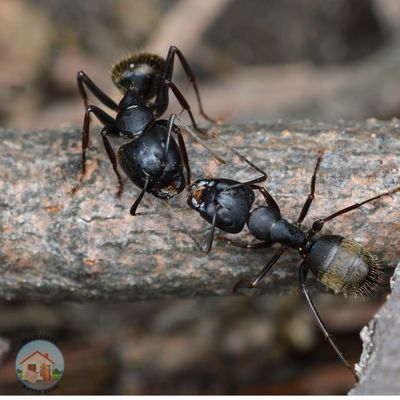
– 24 species of carpenter Ant are recorded in the USA
Carpenter Ants a waist with one node (petiole) and a thorax that is evenly rounded when viewed from the side.
– Workers are usually black or red and black in color.
– Workers usually range in size from 10 – 13 mm in length; one species is just 5mm long.
– Carpenter ant workers of the same species vary in size (major and minor workers).
– Queens and males are larger than workers and have wings. Queens will lose their wings once they start a new nest.
-Queens may be as large as one 2.5 cm.
How to get rid of pavements ants
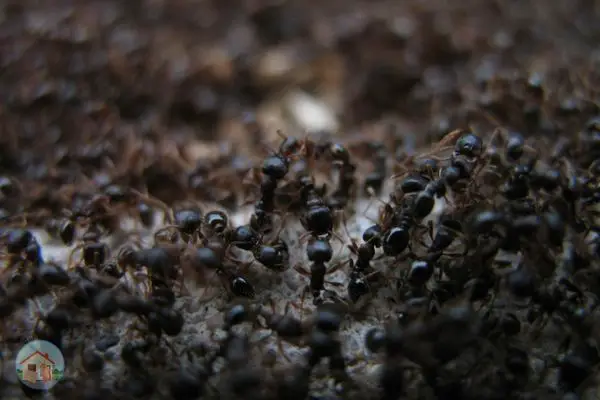
In most cases, especially when found outdoors, you will be able to clearly see a pavement ant nest. This means that you can target the nest directly with insecticide to kill the colony.
When these ants are nesting inside, it can be a little more difficult to find and eliminate them. You won’t want to take a direct approach. Rather, you want to rely on baiting the ants so that they carry the insecticide back into the colony themselves.
When you’ve found the nest, you want to use a product like Bifen IT (Amazon). This is a powerful liquid concentrate that not only is a repellent, but also offers a quick knockdown and long residual.
This means that it will penetrate the ant nest itself and kill any insect it comes into contact with.
Use this with a pump-up sprayer, (following label instructions), and spray the ant nests directly as well as any activity along sidewalks, driveways, patios, or landscape beds.
In this stage of the plan, you are just trying to kill as many ants as you can.
Next use Syngenta Ant Gel (Amazon). This is a sweet gel bait that comes in a syringe for easy application and has been tested to be one of the most effective baits available.
Now you are trying to attract and bait any foraging ants that happened to escape your initial attack on the nest.
Apply this gel bait to ant tracks and locations where ant activity is common, such as countertops near appliances, near baseboards, and entry points
Something important to remember when baiting is to remove any competing food sources. You can do this by simply storing food in airtight containers or picking up pet food.
If the ants have a choice, they are less likely to feed on your gel bait and unlikely to take it back to their reeling nests to finish off your work for you.
Finally, I’d recommend that you use a product called D-Fense (Amazon) around your home. This is waterproof insecticide dust which is really handy for getting in the spaces your gel bait won’t go.
Using a duster (Amazon), apply D-Fense dust inside any wall voids as well as under appliances, baseboards, and into points of entry like weep poles or where pipes penetrate the wall.
This is going to ensure that you get any stragglers that may have been unaffected by the first two rounds of insecticide.
Recommended ant control products

Use this as your first line of defense to bait and kill off ant colonies.
Find the latest deals and prices on Amazon

Liquid insecticides are excellent for building a perimeter around your property and keeping ant colonies in check.
Find the latest deals and prices on Amazon

Stop ants from hiding in walls or cracks by squeezing them out with this insecticide foam.
Find the latest deals and prices on Amazon

Use this gel bait to attract and poison an entire ant colony.
Find the latest deals and prices on Amazon

Use this to flush out ants hiding in walls or cracks.
Find the latest deals and prices on Amazon
Tools for spreading Insecticide outdoors
Battery Powered Sprayer

See the latest deals on Amazon
Broadcast Spreader

See the latest deals on Amazon
Hand Spreader

See the latest deals on Amazon
How to stop pavements ants from returning
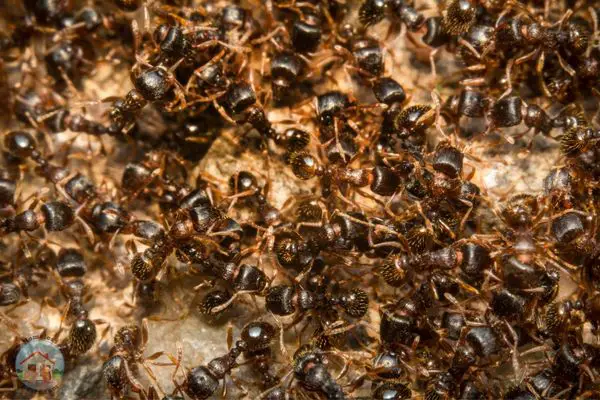
Getting rid of any species of ants is a tough job because it’s you against literally thousands of pests. So once you have managed to deal a death blow to a pavement ant colony, it is important to take the necessary steps to prevent them from returning.
One of the most important things you can do is to eliminate food sources. This means keeping countertops clean, sweeping and vacuuming frequently, and removing any water sources that might attract ants.
Sometimes this will call for a complete lifestyle change for you and your family. But by just changing a few daily habits or routines, you can significantly reduce the cost of annual pest control.
In the yard, you should also trim vegetation back from your home to make it easier to spot growing ant (and other pests) populations. You also want to reduce the chance of pests gaining access to your home. To do this you want to seal up any cracks or crevices you might find in your exterior and interior walls.
You also want to create a barrier around your home with an insecticide like Bifen IT. This will help to keep ants from ever getting inside your home in the first place.
Finally, you want to make sure that you are treating pests on a regular basis. Quarterly treatments with an insecticide like Bifen IT will help to keep any remaining populations from gaining a foothold and recolonizing your home.
Final thoughts
Pavement ants are a tough enemy. But with a little bit of knowledge and the right products, you can get rid of them for good. Just remember to take the necessary steps to prevent them from returning in the future. With a little bit of effort, you can keep your home ant-free all year long.
